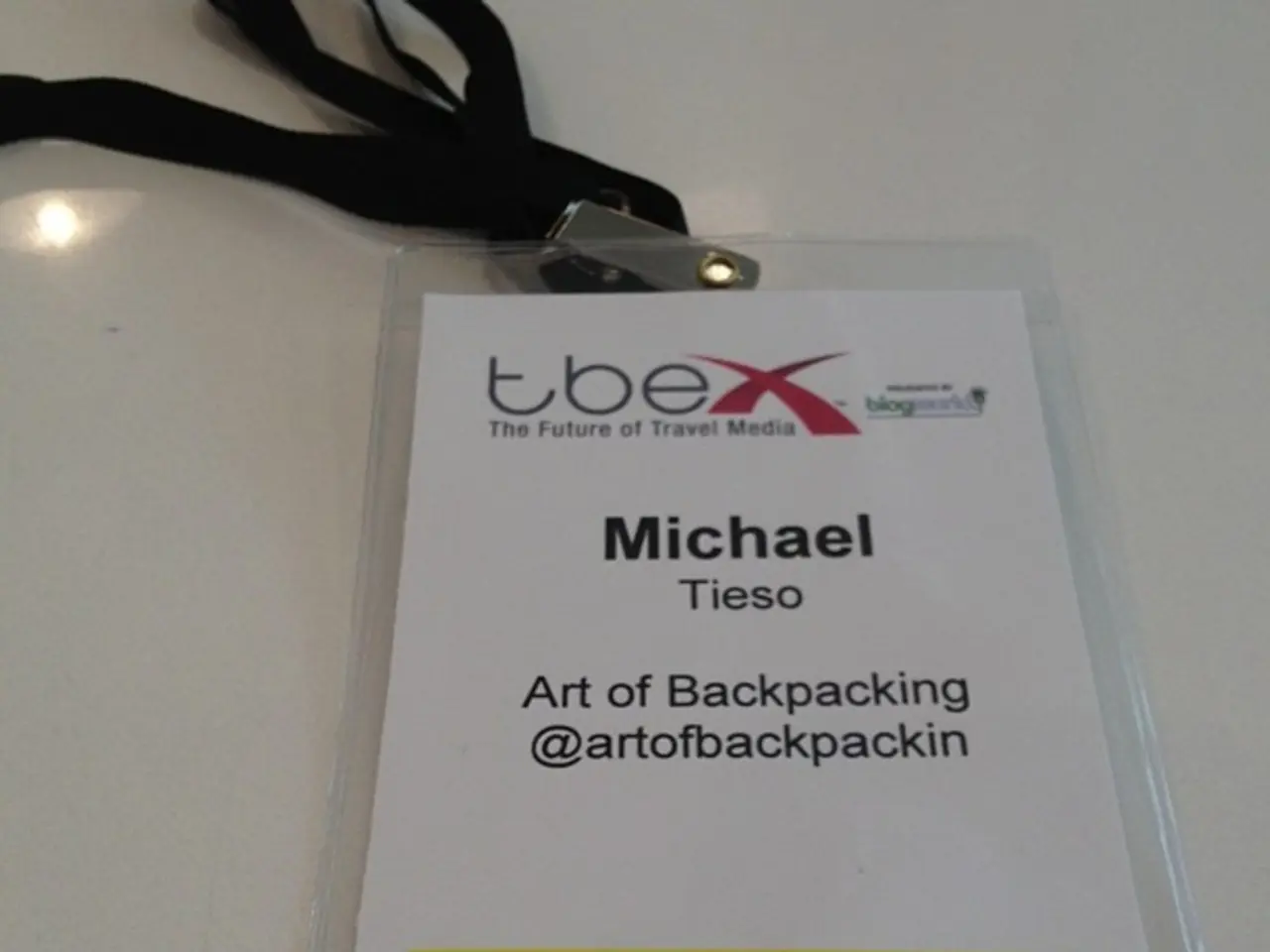Narrative Structures for User-Generated Content: Expanding Beyond the 15-Second Engaging Moment
In the ever-evolving world of marketing, user-generated content (UGC) has become a powerful tool for brands to connect with their audience on a deeper level. Recently, three distinct UGC storytelling frameworks have emerged, each focusing on different aspects of storytelling to create compelling narratives that resonate with viewers.
The first framework, known as the **Transformation Arc**, centres on storytelling that highlights a real or perceived transformation through the use of a product or service. This arc typically follows a narrative structure, starting with a struggle or problem, the discovery or use of the product, and the final positive transformation. For instance, a UGC story might start with "I was exhausted all the time," followed by finding a solution, and concluding with "Now I feel energized and healthy." This approach deeply resonates with viewers by aligning with their personal journeys and building emotional trust.
The **Experiential Day-in-Life Arc** is the second framework, which generally involves authentic, real-time storytelling depicting how a product or service fits naturally into a user's daily routine or lifestyle. The goal is to create relatable, immersive content that portrays the brand as part of everyday life, emphasising authenticity and emotional resonance.
Lastly, the **Founder/Brand Story Arc** highlights the origin, values, mission, and personality behind a brand or its founder. This framework builds emotional connection and trust by revealing the human element behind the product or service.
These storytelling blueprints provide a structured approach to UGC, enabling brands to create content that resonates with their audience and drives engagement. By understanding these arcs, marketers can create content that builds trust, showcases the practical benefits of their products, and humanises their brand.
To learn more about these UGC storytelling frameworks, resources such as SellerApp's Amazon UGC Guide, Social Pilot's UGC and Testimonial Content Prompts, Influencer Marketing Hub, and The Science of Storytelling article are invaluable sources of information. These resources offer practical examples, insights, and strategies tailored to each arc, ensuring that marketers can craft compelling UGC stories that engage customers effectively.
In addition to these frameworks, incorporating elements such as a Moment Map in influencer briefs, embedding a structured influencer brief to create a repeatable, scalable framework, integrating real-time feedback loops, and scheduling quarterly "creator clinics" to train influencers on evolving brand standards and platform features can further enhance the effectiveness of UGC stories.
In conclusion, these three arcs are powerful tools for marketers looking to create compelling UGC stories that engage customers by focusing on transformation, everyday experiences, or brand origins. Exploring resources on UGC strategies, influencer briefs, and storytelling science will yield deeper insights and examples tailored to each arc, ultimately enabling brands to create content that resonates with their audience and drives engagement.
- A brand can utilize the Transformation Arc UGC storytelling framework to showcase how their fashion-and-beauty product helped transform a user's appearance, starting with 'I was uncomfortable with my look,' followed by 'I tried this product,' and concluding with 'Now I feel confident and beautiful.'
- By employing the Experiential Day-in-Life Arc, a food-and-drink company can create authentic stories that demonstrate how their product fits seamlessly into a user's daily lifestyle, such as 'I start my day with a healthy smoothie,' followed by 'I make it using this brand's fruit blend,' and ending with 'It gives me the energy I need to tackle my day.'
- To further improve the effectiveness of these UGC stories, a brand can consider implementing a Moment Map in their influencer briefs or scheduling quarterly "creator clinics" to ensure that influencers understand the brand's evolving storytelling strategies and platform features related to technology.




